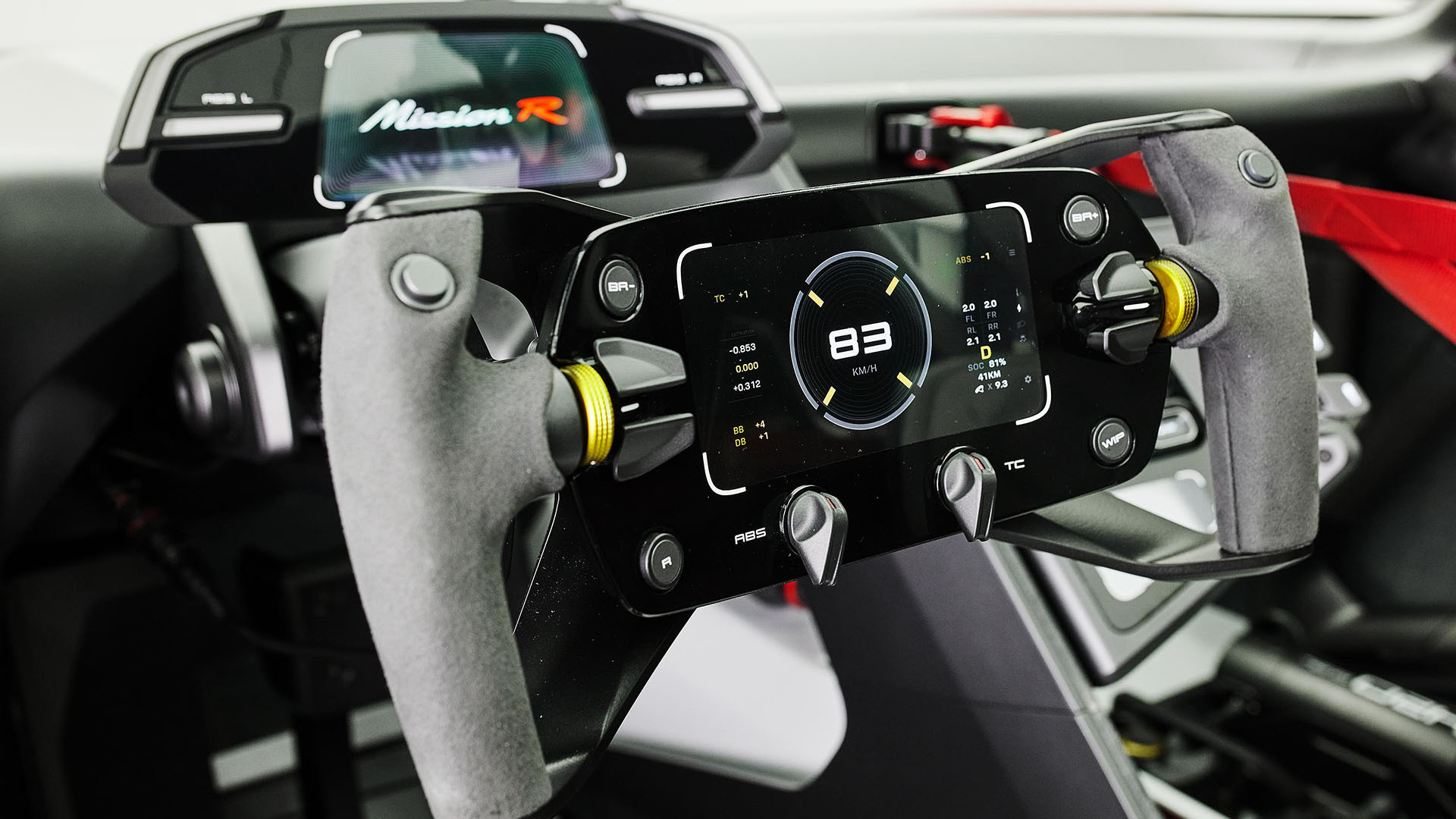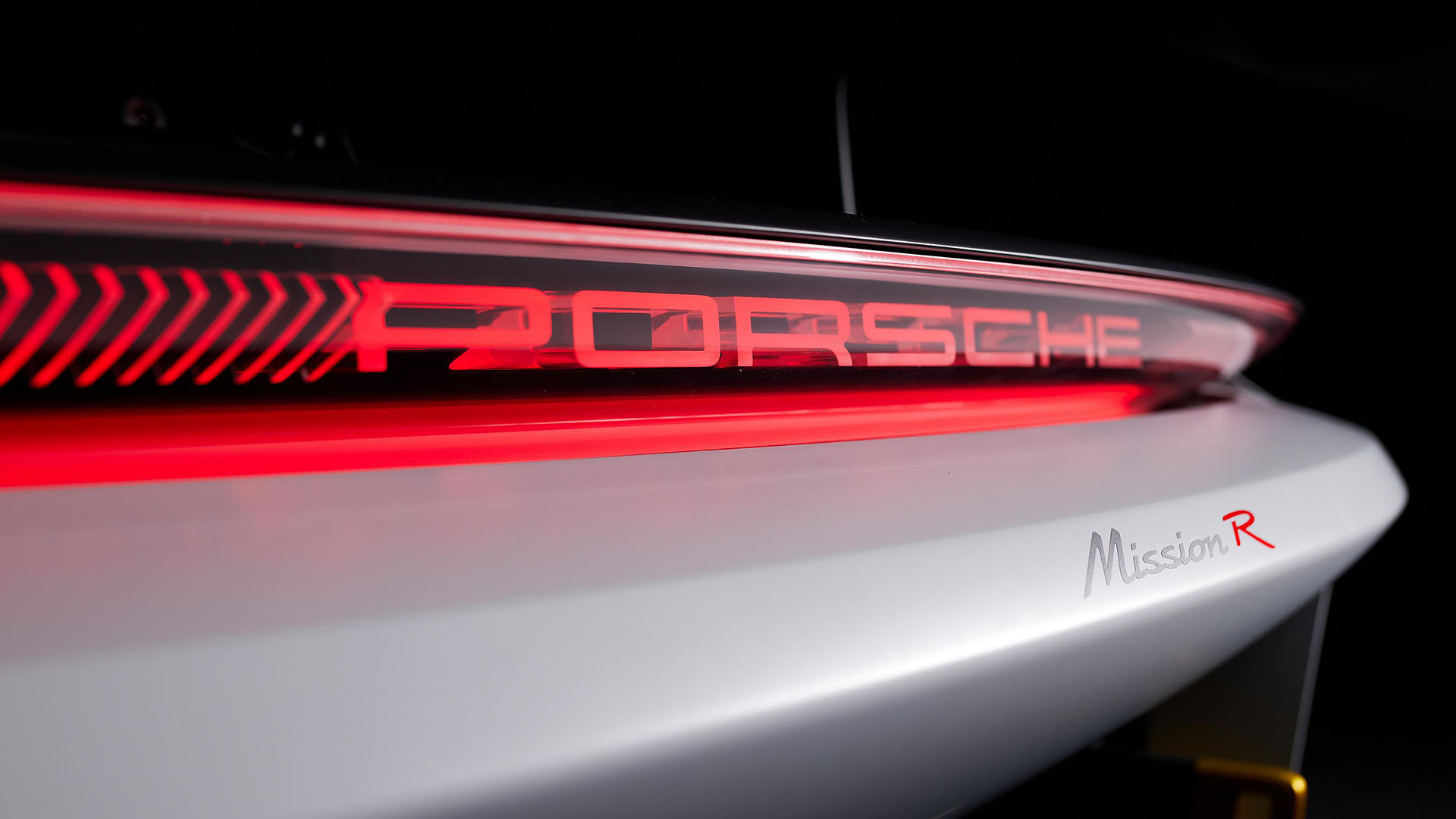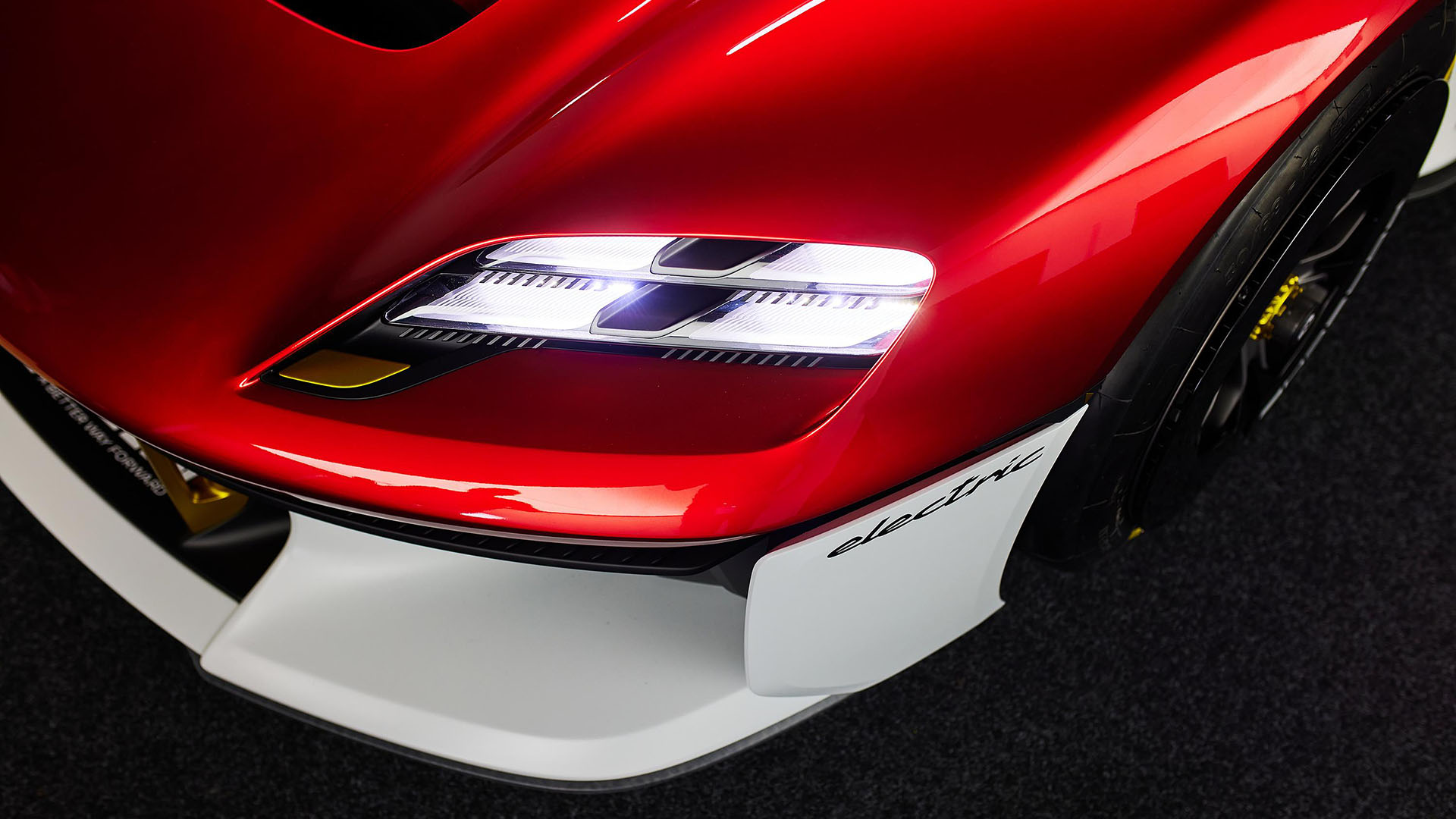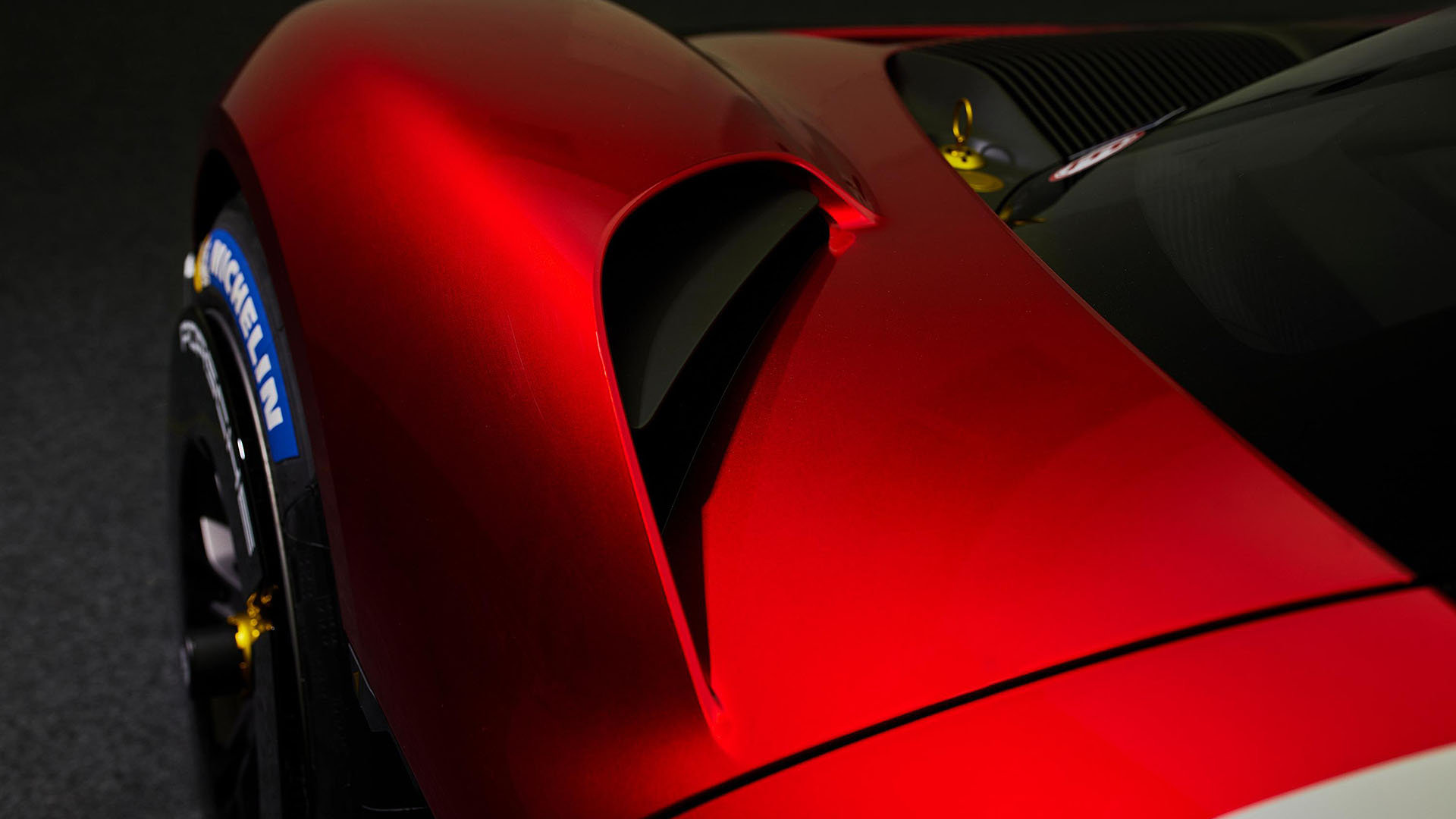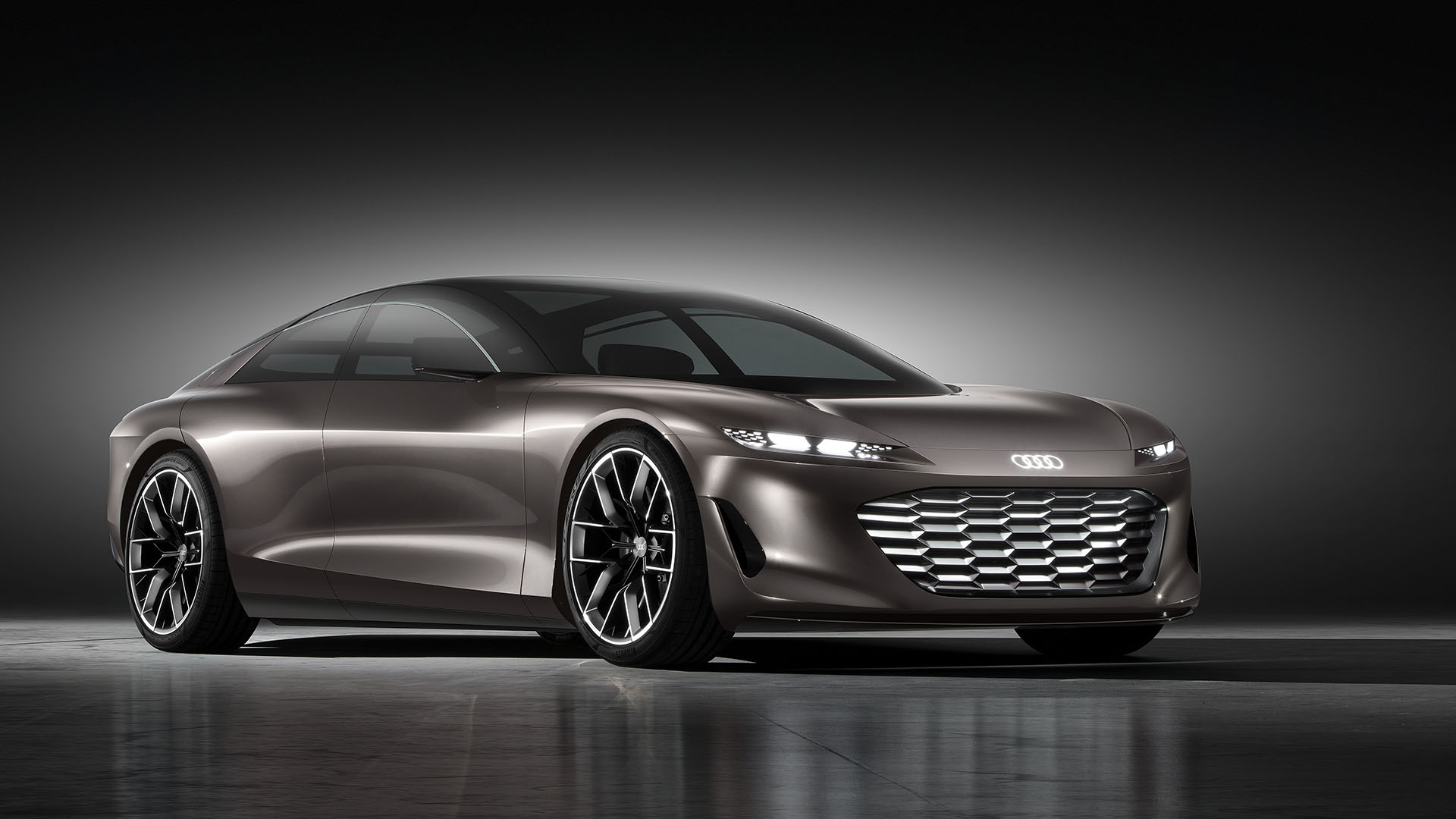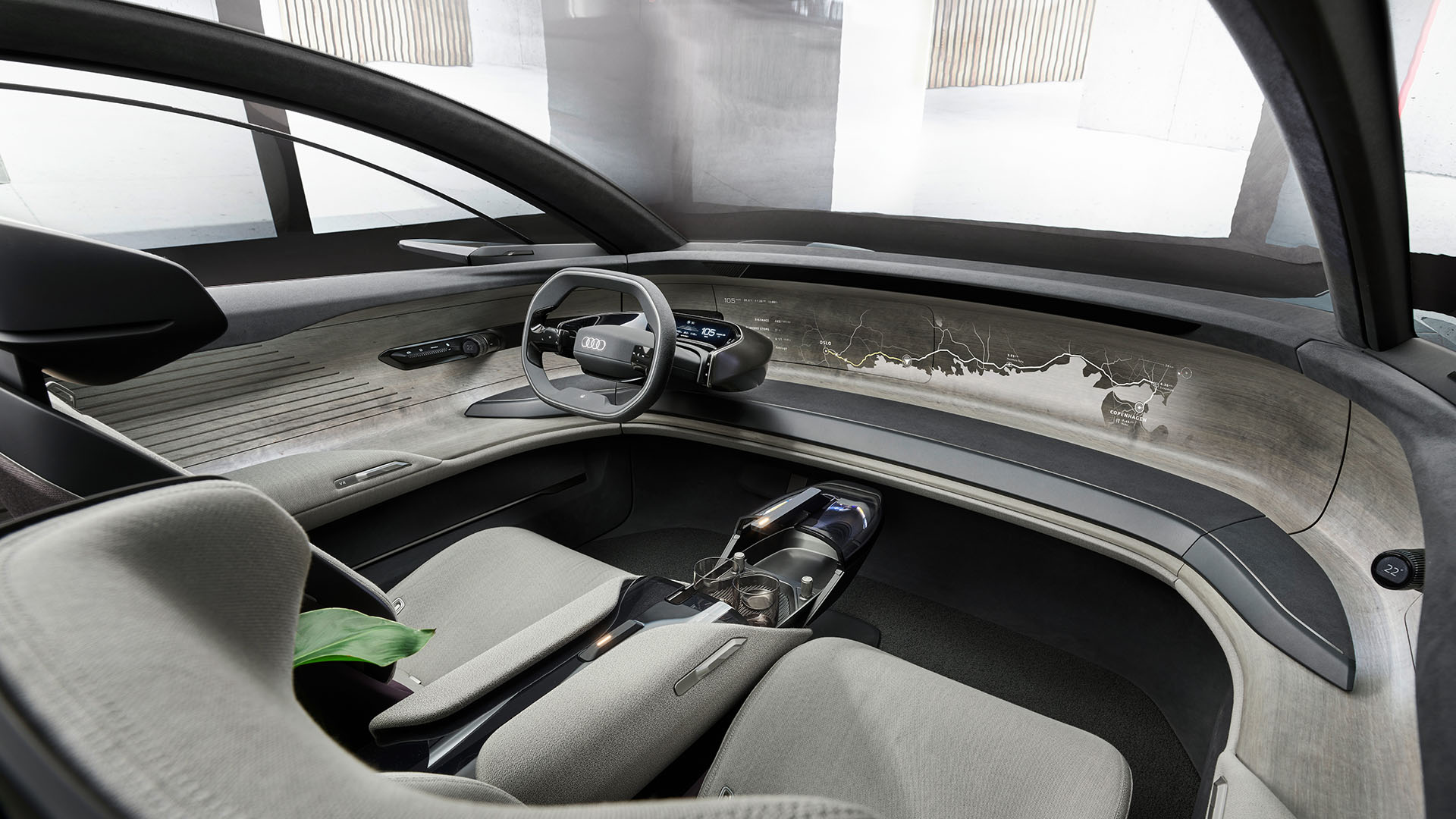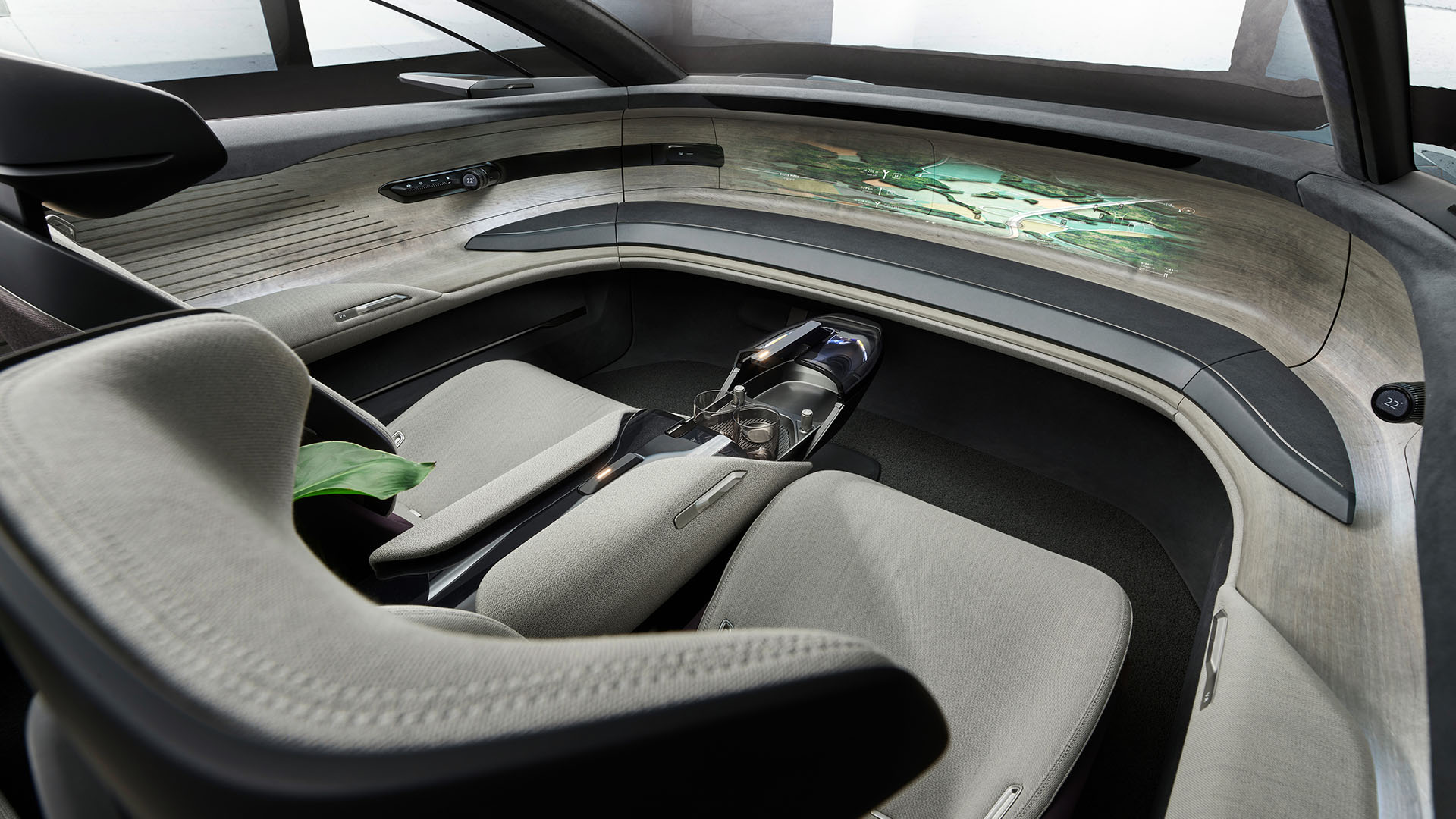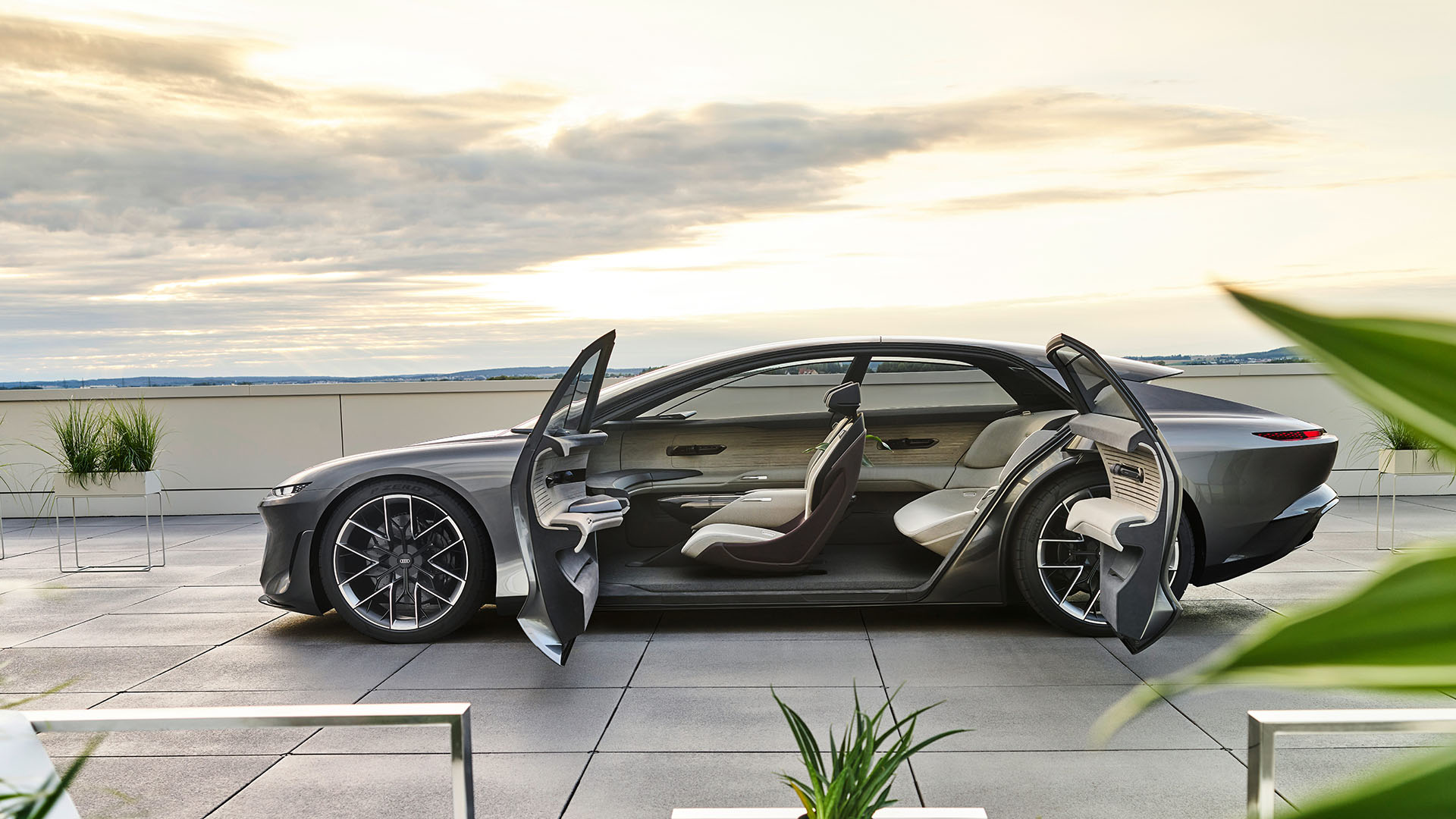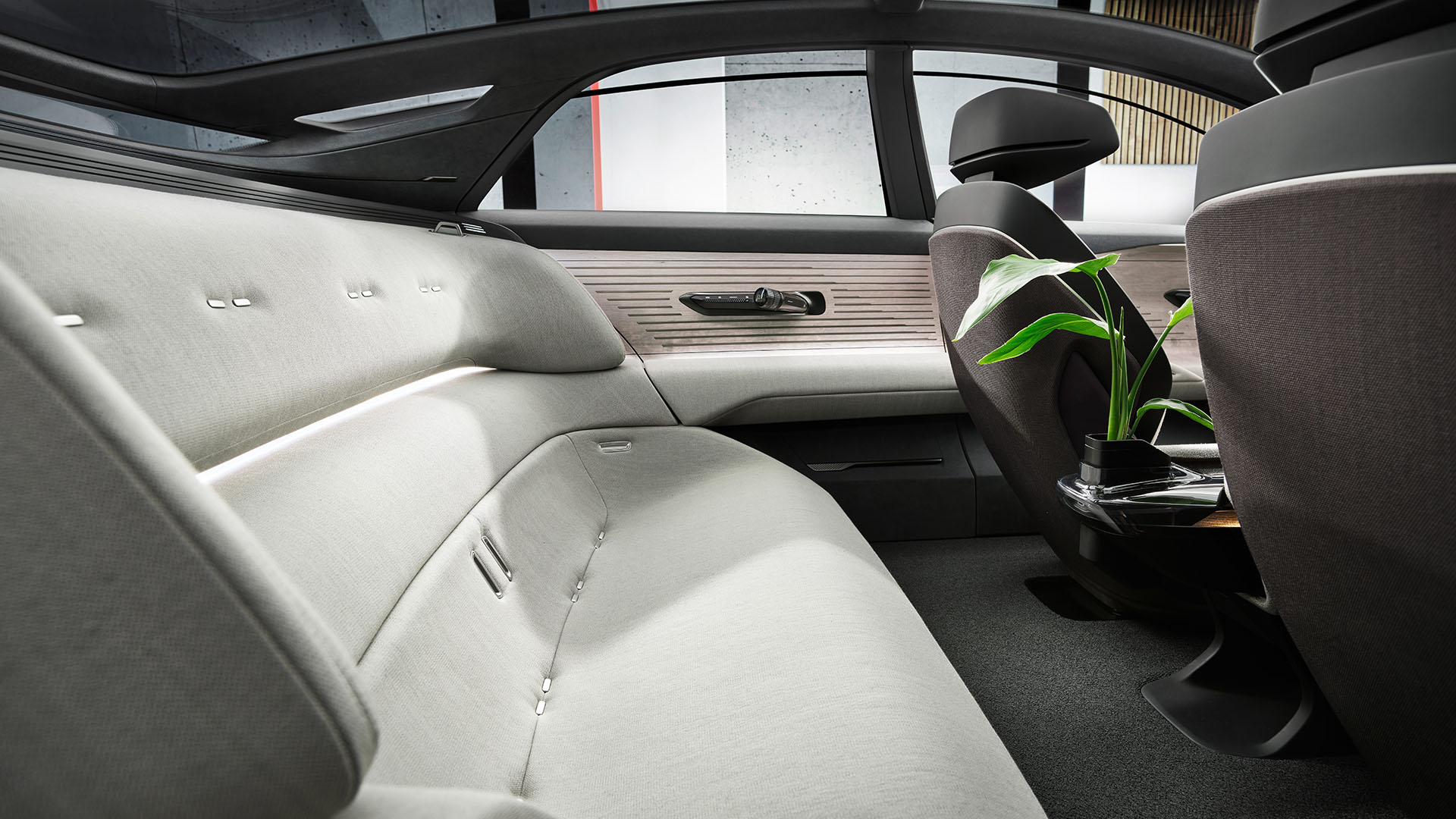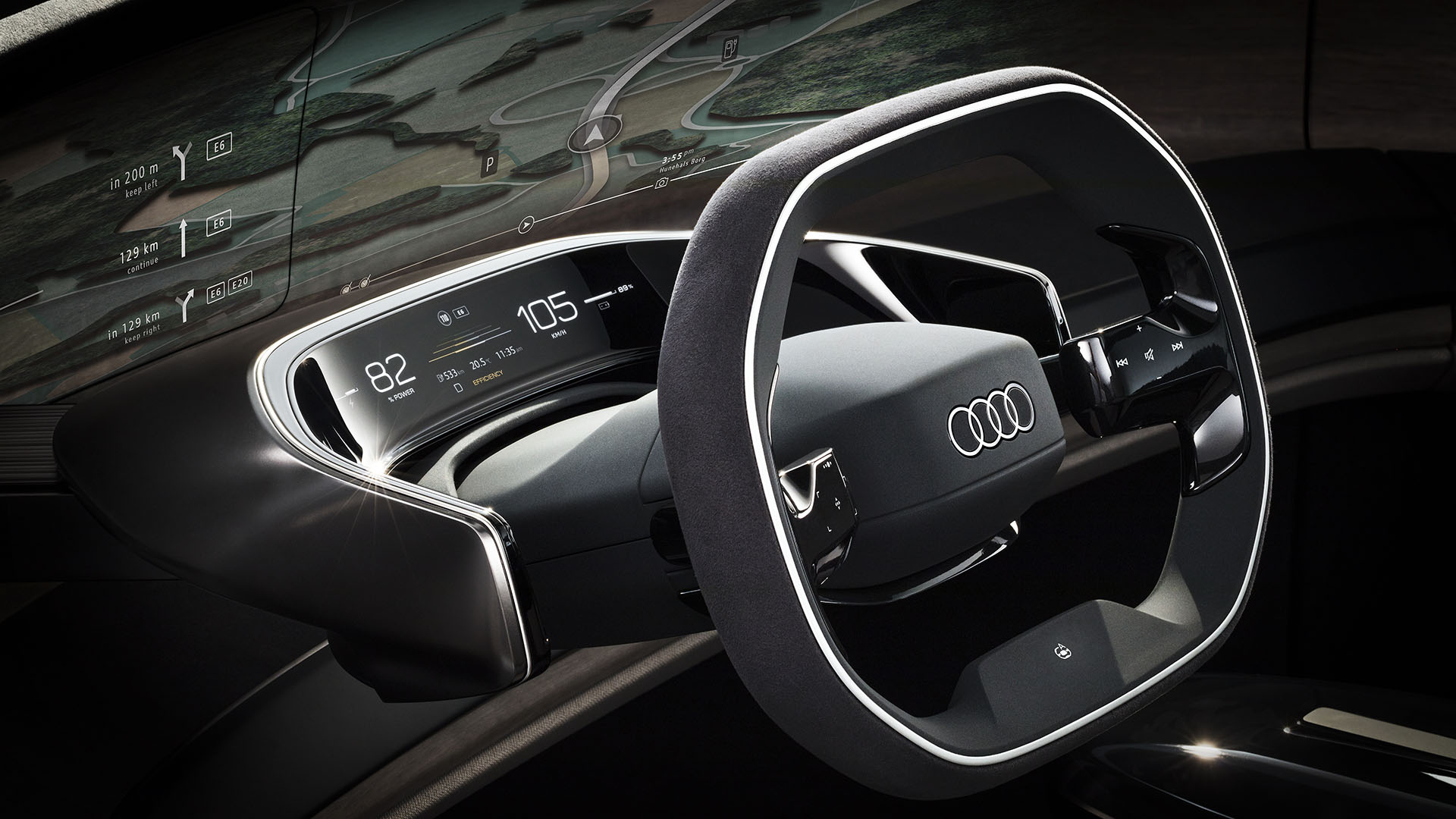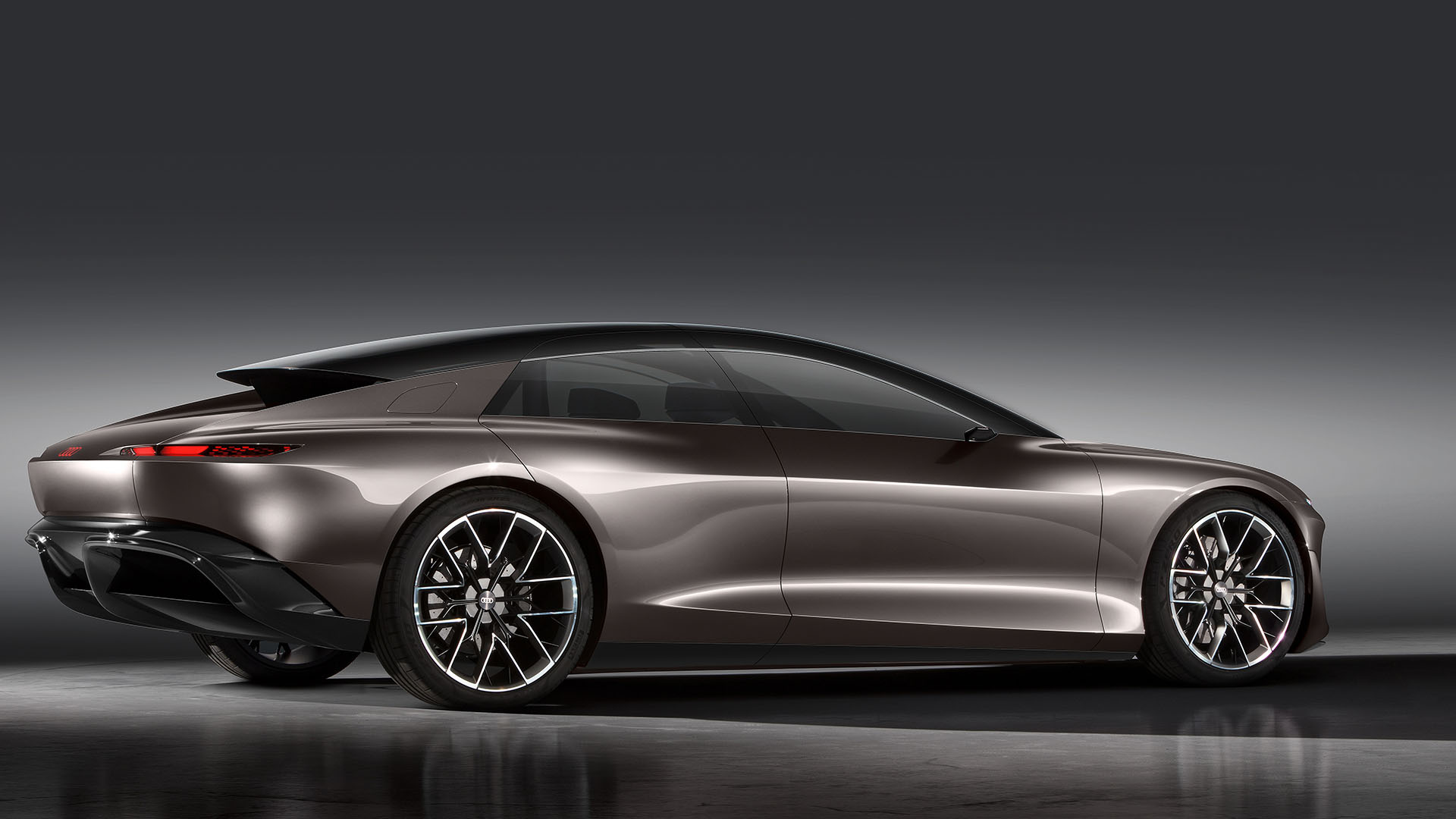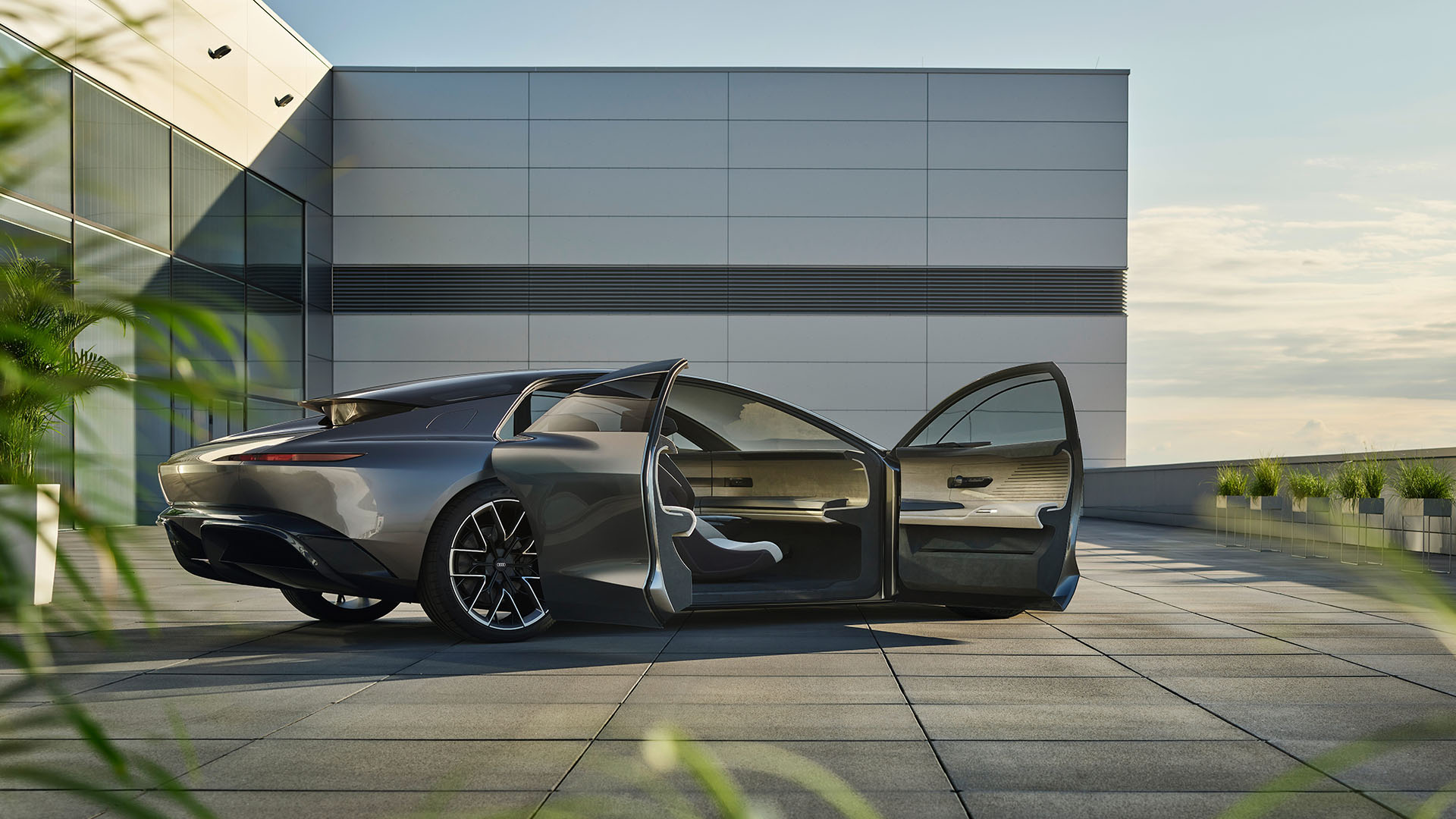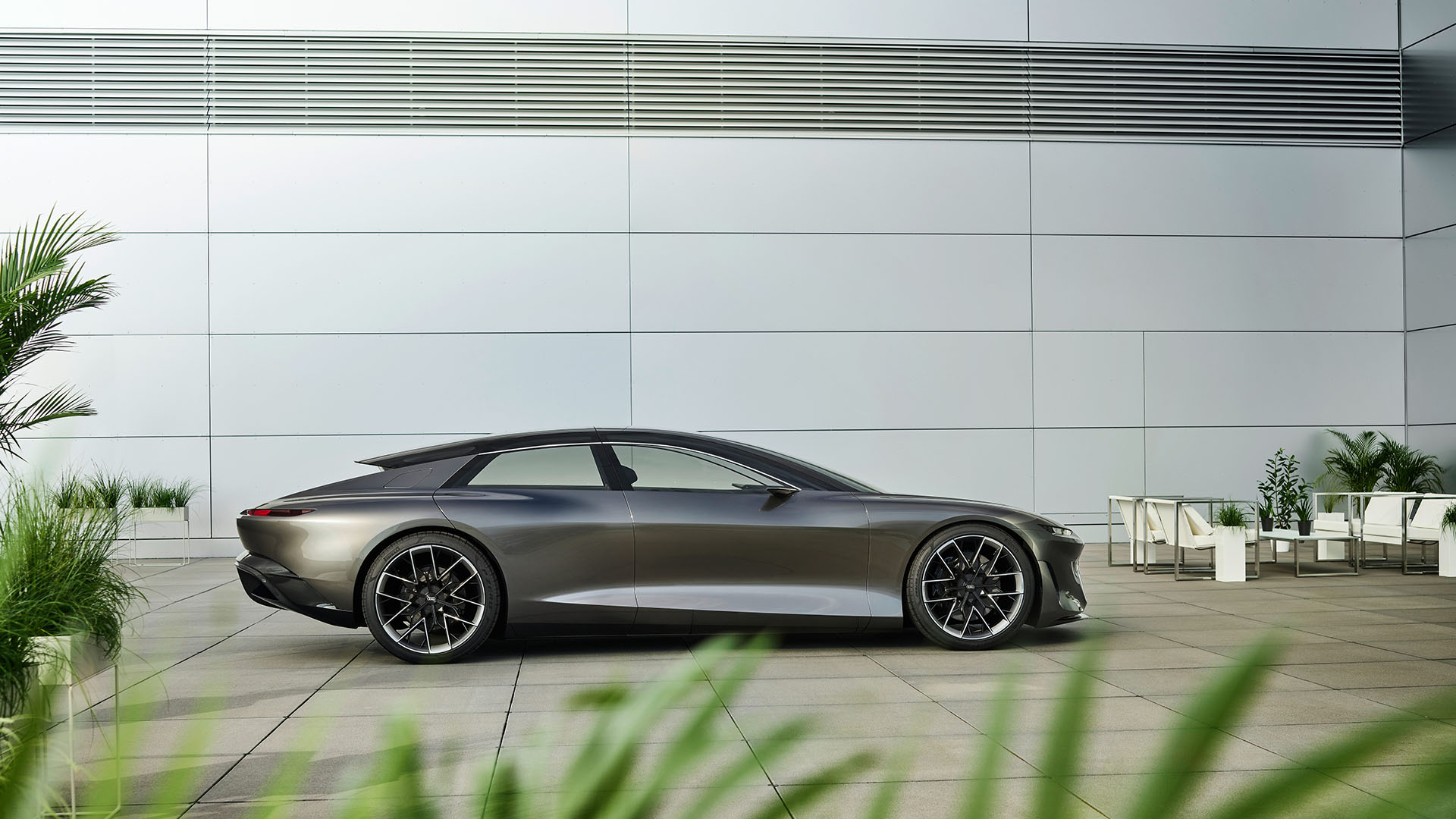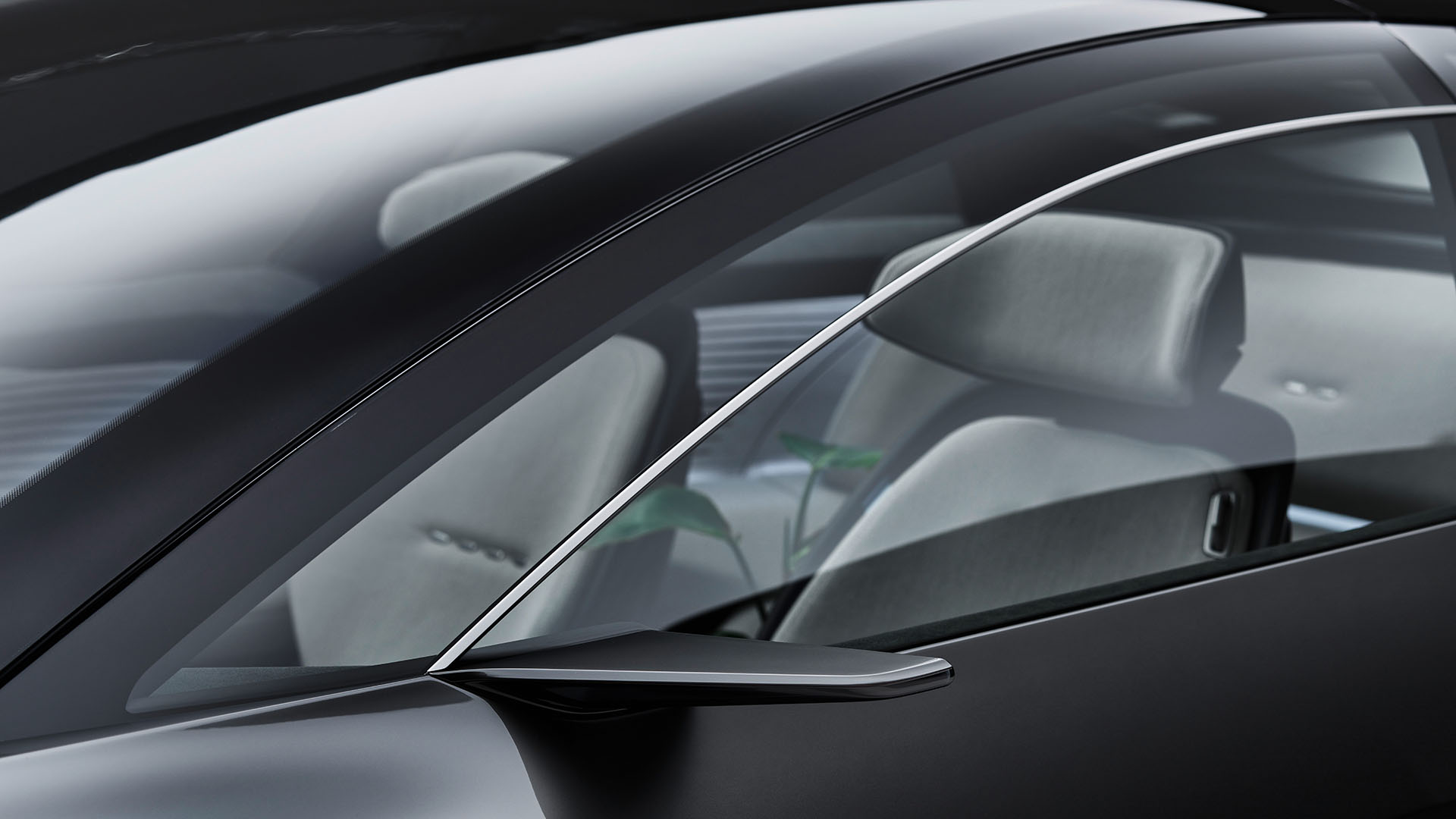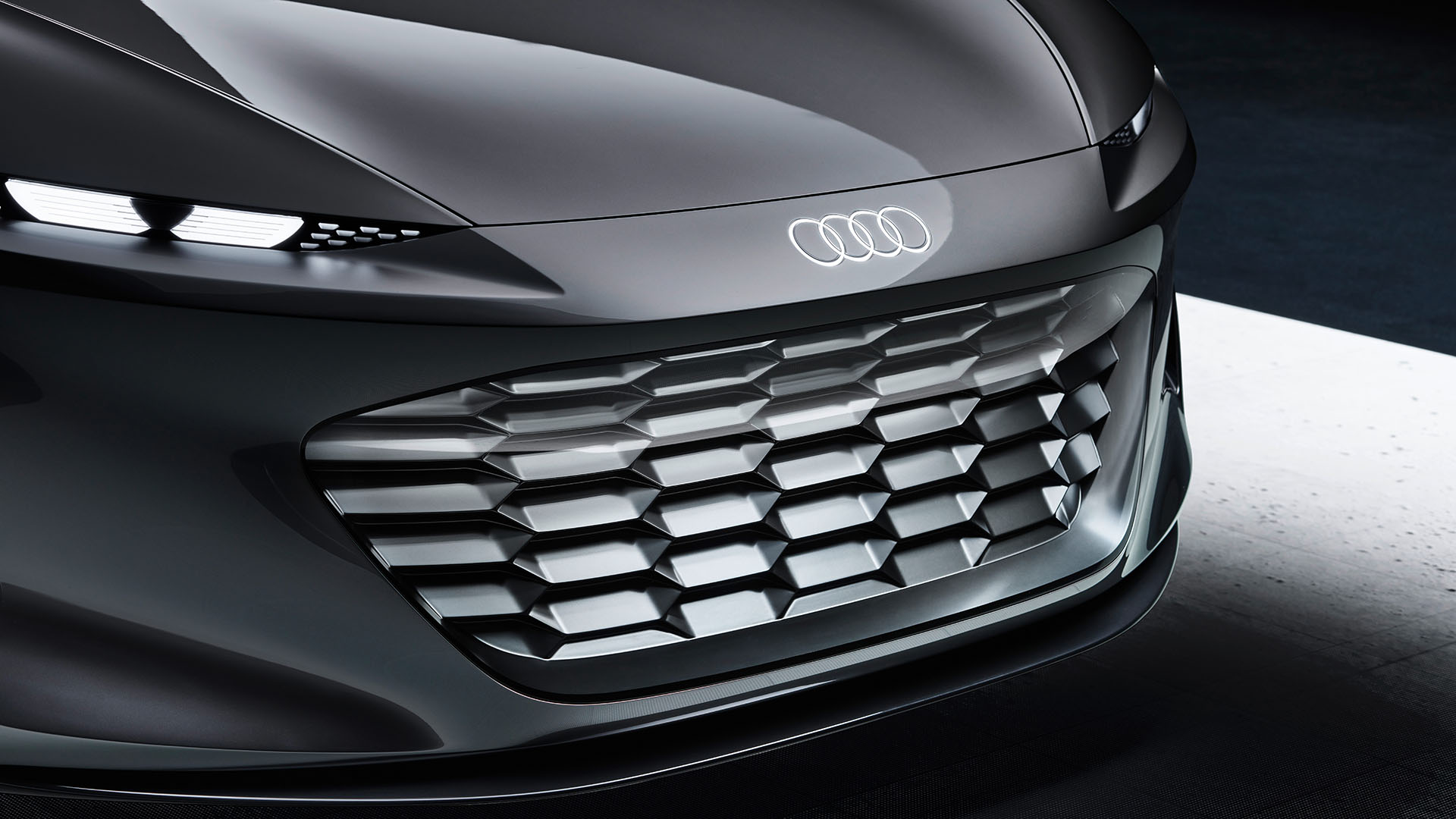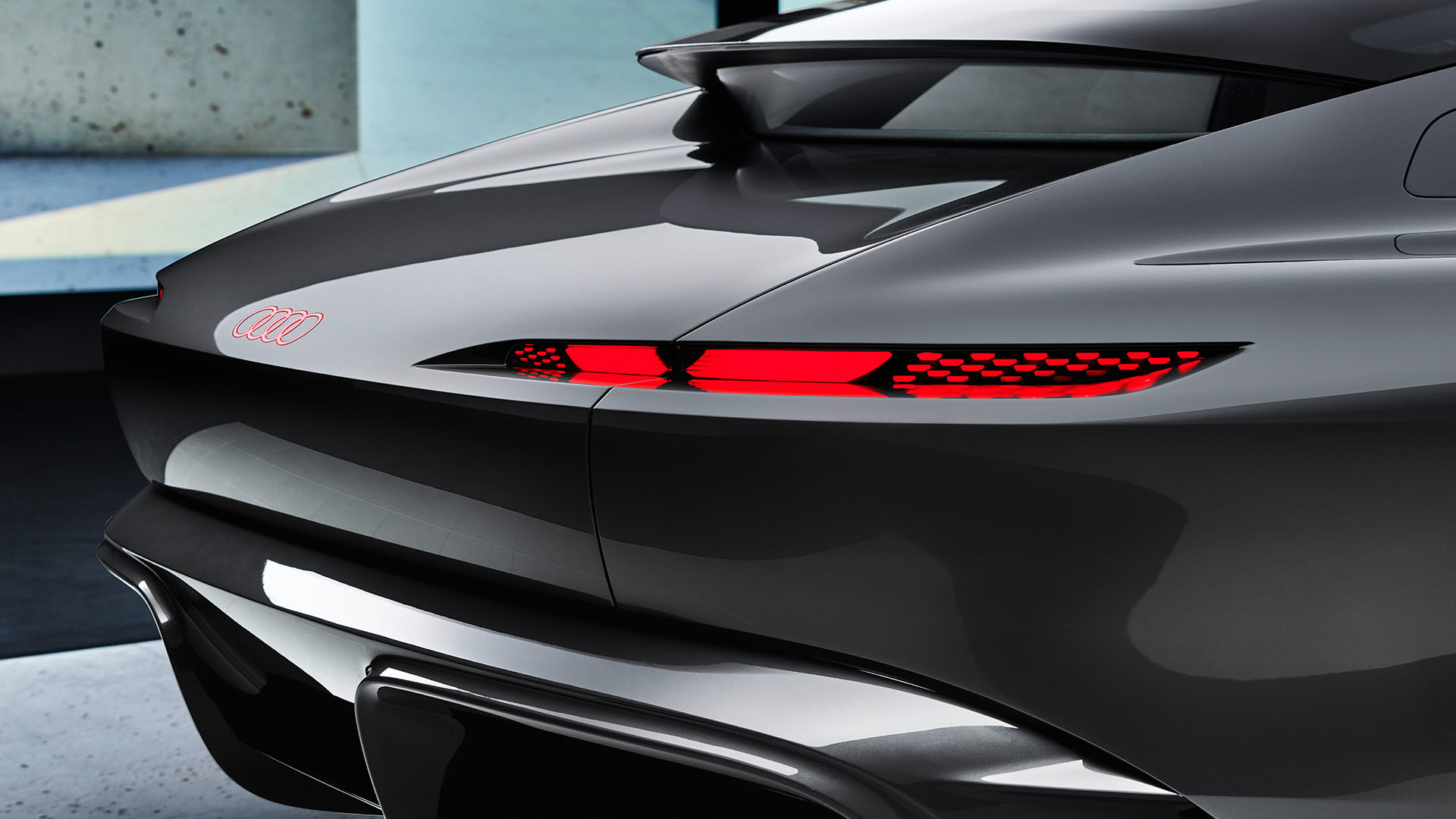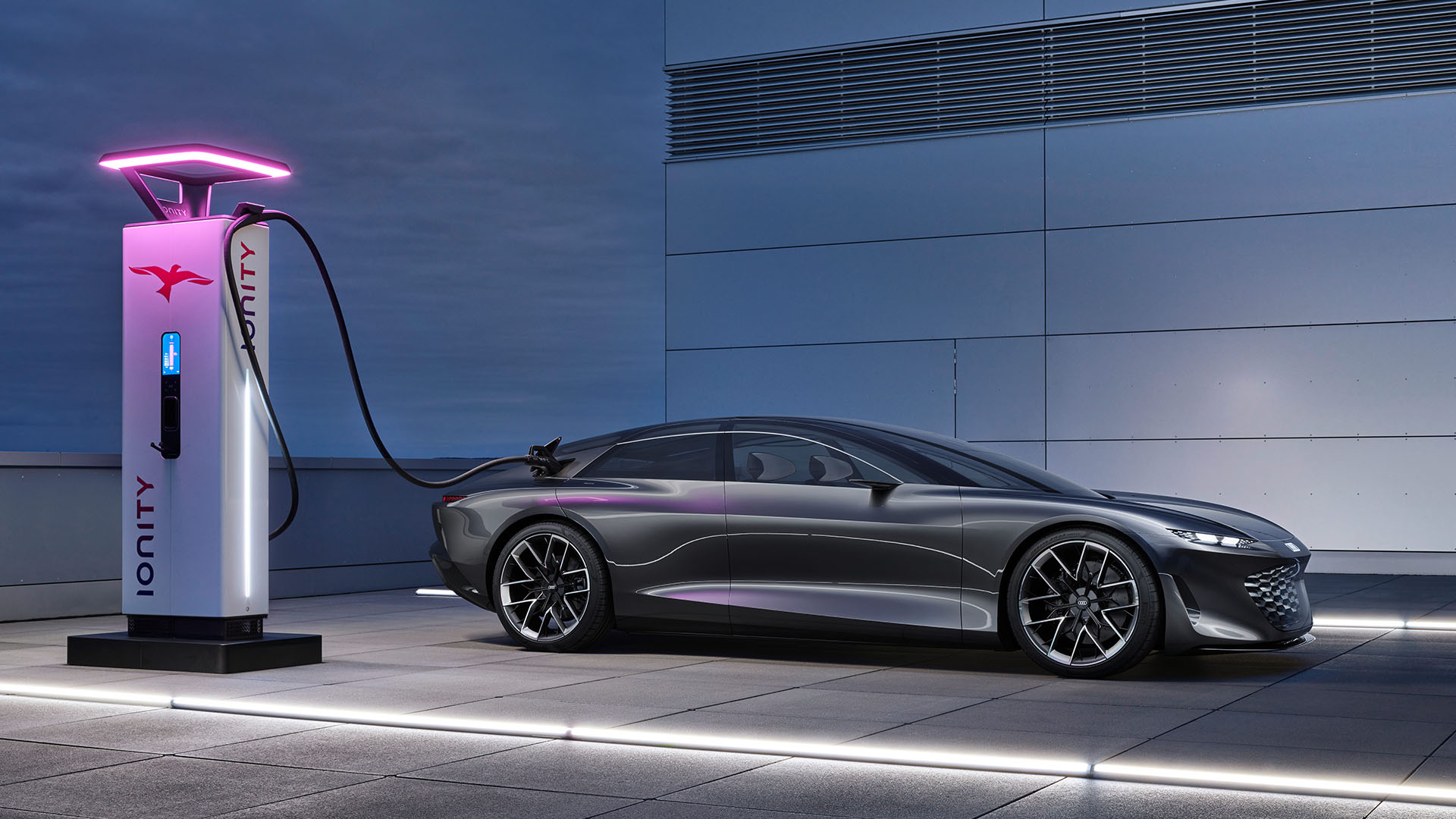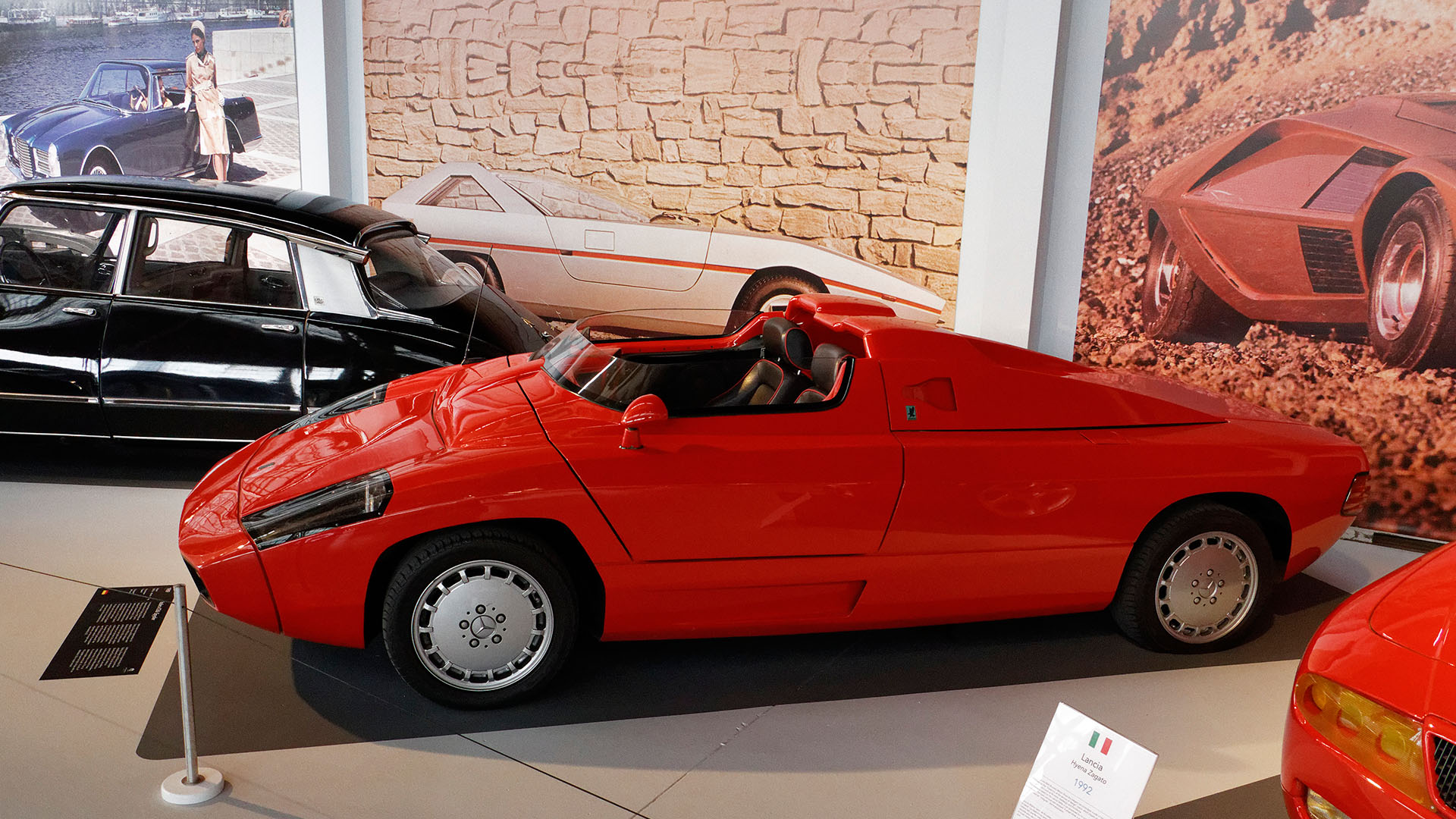Porsche Mission R concept
Porsche has been involved in customer racing for over three decades by now, 31 years ago the first Porsche Carrera Cup Deutschland was held, and since then over 4,400 bespoke Porsche Cup cars have left Weissach, with the latest iteration being based on the 992 model, the 911 GT3 Cup was launched just ahead of the 2021 motorsport season, but the future in automotive is electric, so Porsche now shows us their Mission R Concept for an all-electric one-make series.
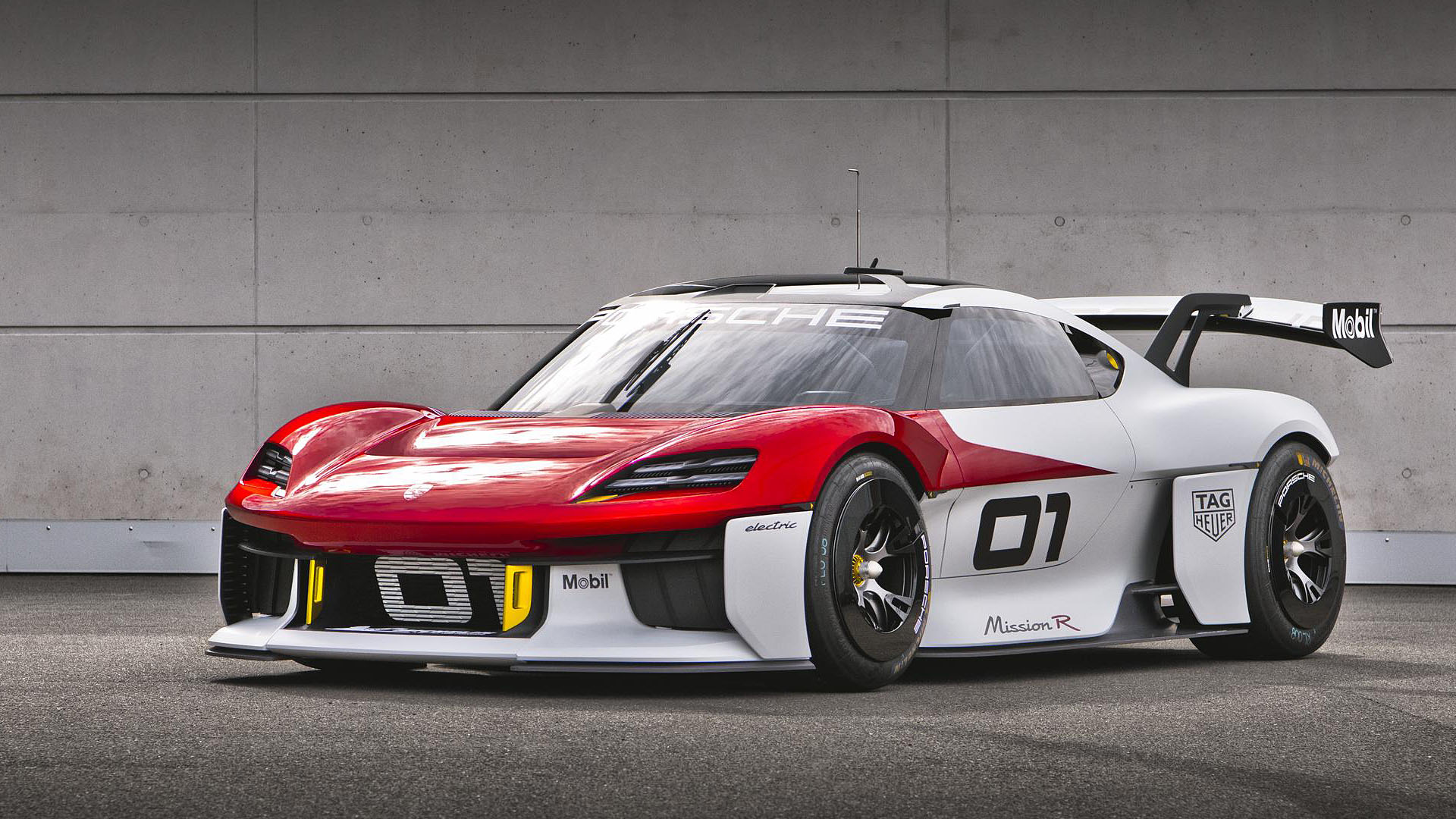

But it’s not only about being all-electric, this Porsche Mission R concept is also made from natural fiber-reinforced plastics as one of the sustainable materials to be used in the future on this extremely low-slung, all-electric competition car that still showcases the characteristic lines of the sports cars from Stuttgart-Zuffenhausen.
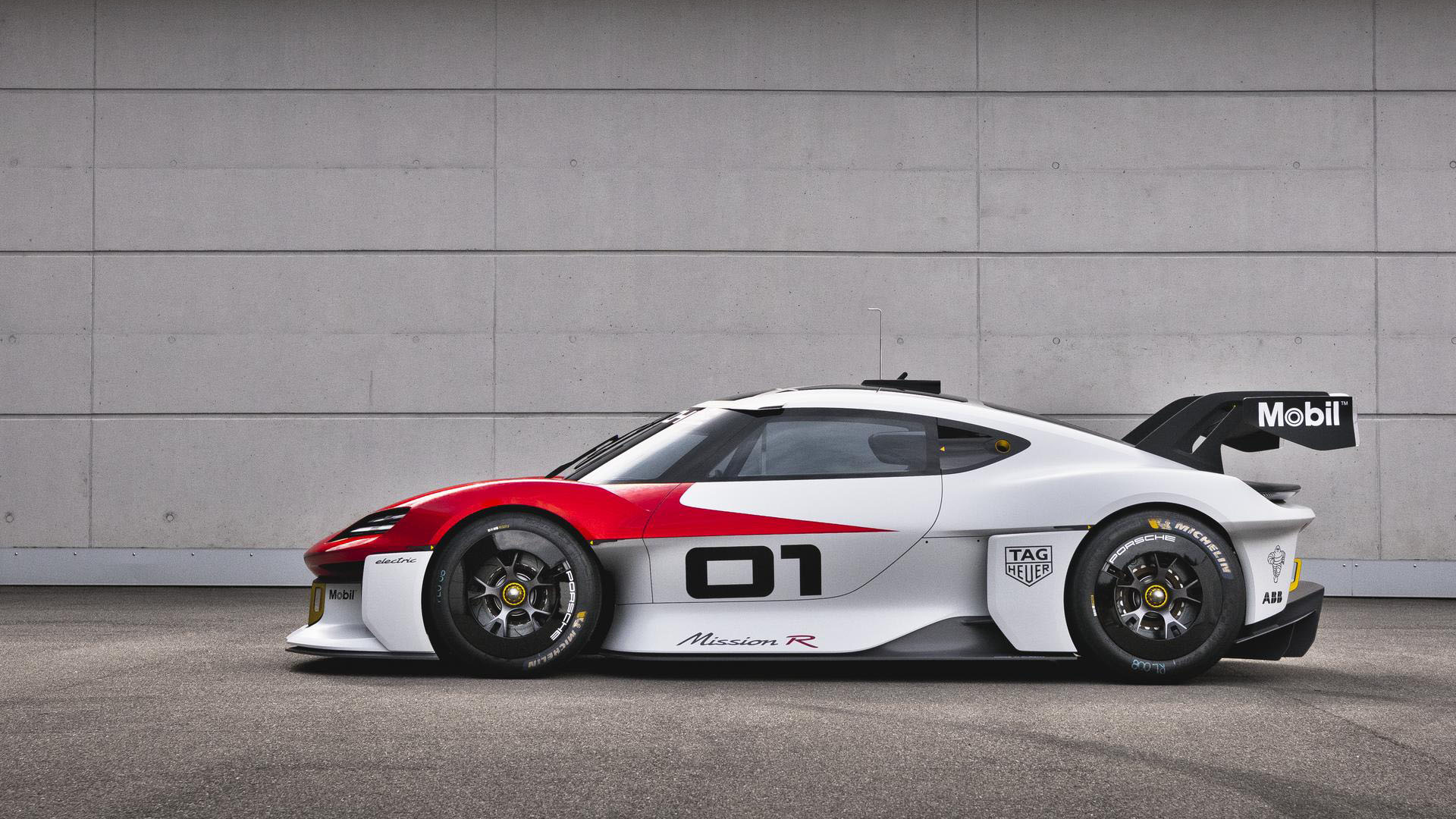

Porsche developed two new, bespoke electric motors for this Mission R concept study, which in qualifying mode can deliver up to 800 kW or nearly 1,100 PS, for now, the battery capacity is 80 kWh with innovative direct oil-cooling, and comes with Porsche’s innovative recuperation system … in the Mission R, you are able to do sprint racing without loss of output.
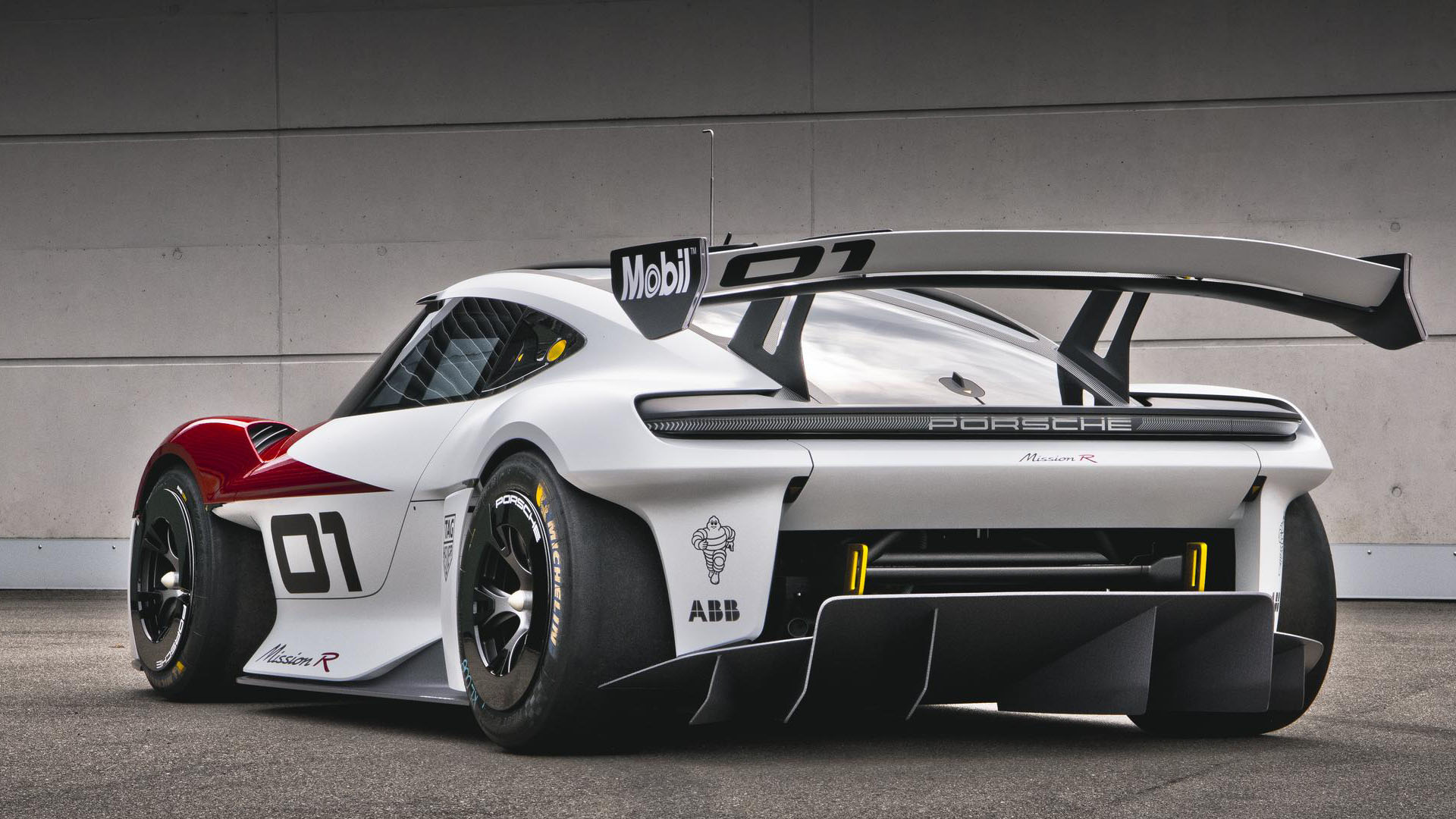

“Porsche is the brand for people who fulfil their dreams. This is also true in motorsports. We experience our innovative strength on the race track, demonstrate courage in pursuing new avenues and delight car owners with sporting performance,” says Oliver Blume, Chairman of the Executive Board of Porsche AG. “In addition to our involvement in the Formula E World Championship, we are now taking the next big step forward in electric mobility. The concept study is our vision of all-electric customer motorsports. The Mission R embodies everything that makes Porsche strong: performance, design and sustainability.”
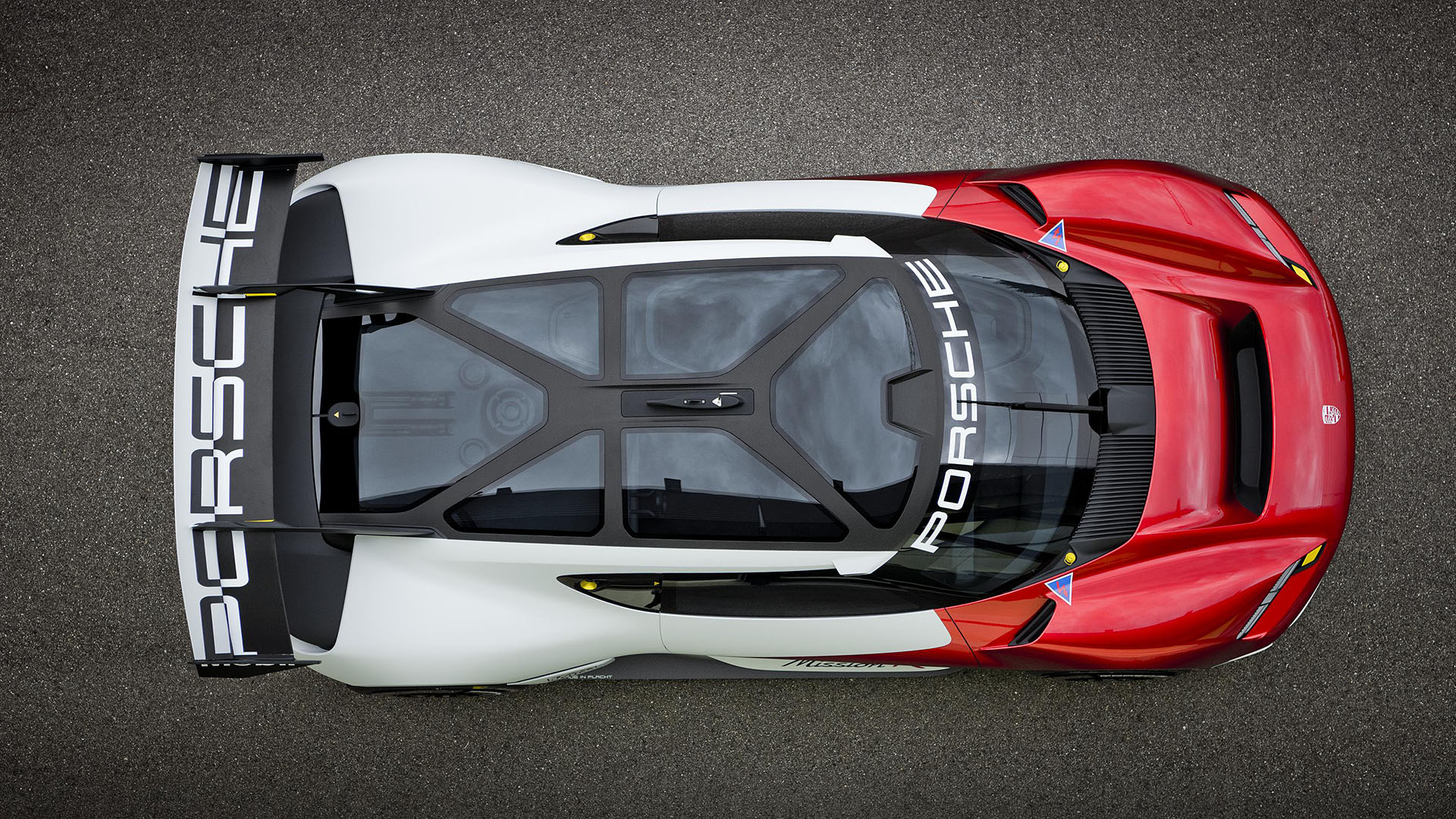

The Mission R can accelerate from 0 to 100 km/h in just 2.5 seconds while the top speed is over 300 km/h, on the track this all-electric race car performs equally well as the current Porsche 911 GT3 Cup, the peak power output of 1,100 PS is only available in so-called ‘qualifying’ while the normal, constant power output is 500 kW or 680 PS in ‘Race’ mode.
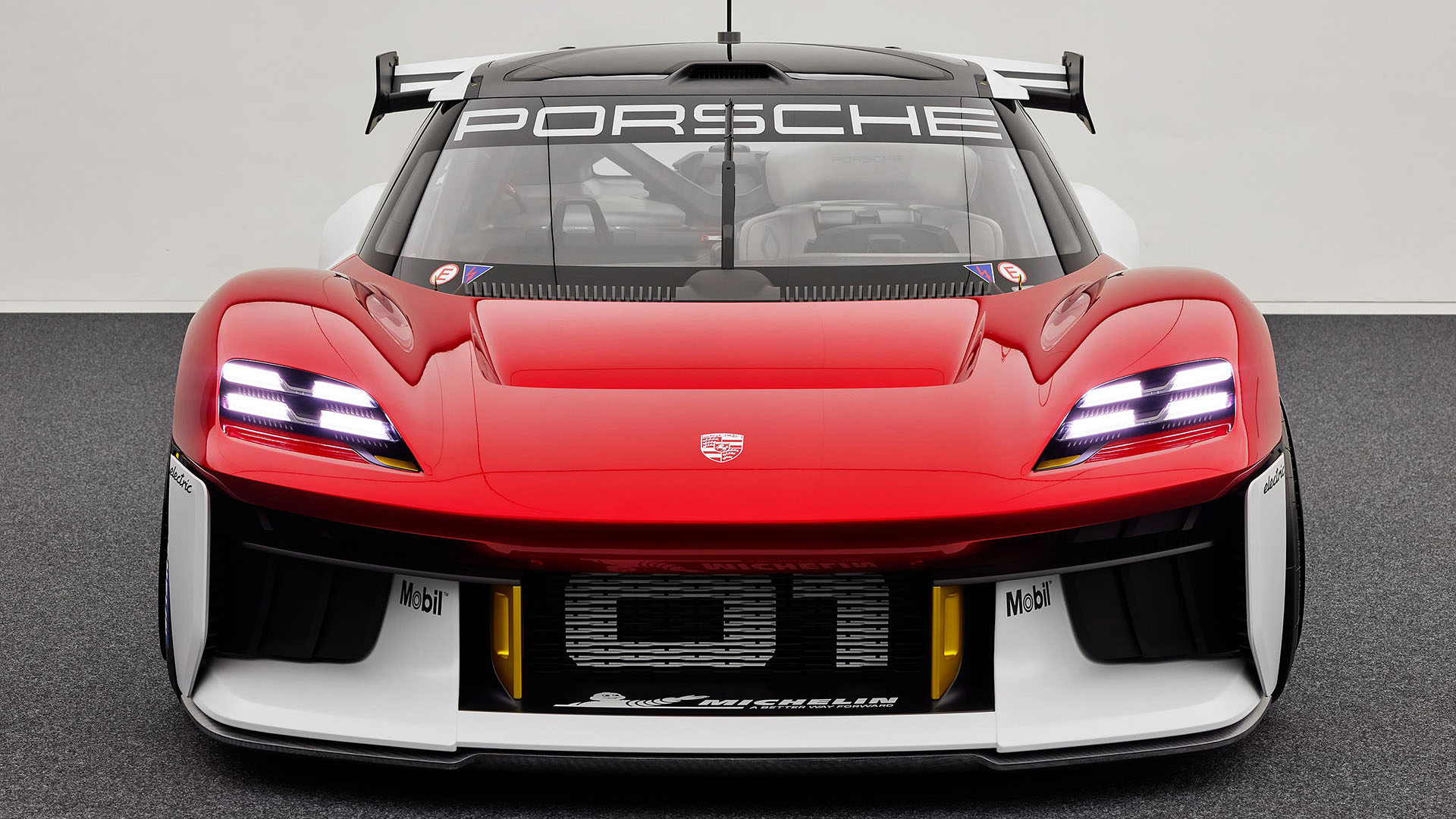

There are two electric motors in Porsche’s Mission R, the front one is capable of up to 320 kW or 435 PS while the one for the rear wheels can go a higher up to 480 kW (635 PS), with the advanced 900-volt technology and Porsche Turbo Charging, the batteries can be charged from 5% up to 80% during a 15-minute pit-stop, with charging taking place up to 340 kW.
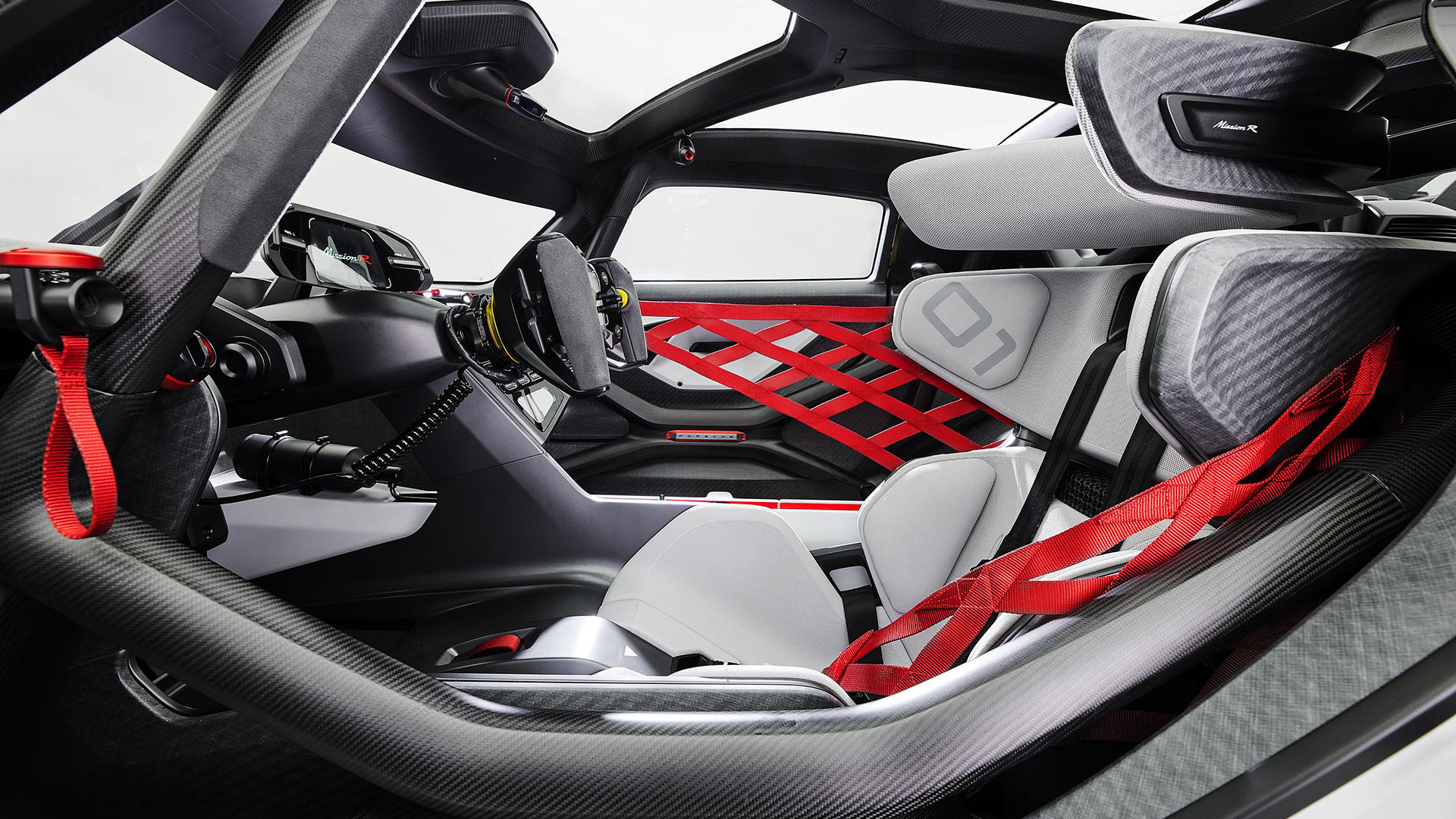

The Mission R concept also features Porsche Active Aerodynamics or PAA with Drag Reduction System (DRS) on both the front section and for the rear wing, consisting of three louvers in both side air intakes of the nose cone while the rear wing features a two-section adjustable part, other parts of the body, like the front spoiler, side skirts, and the rear diffuser are made from natural fiber reinforced plastic (NFRP), the basic material of which is made from flax fibers obtained from farming.
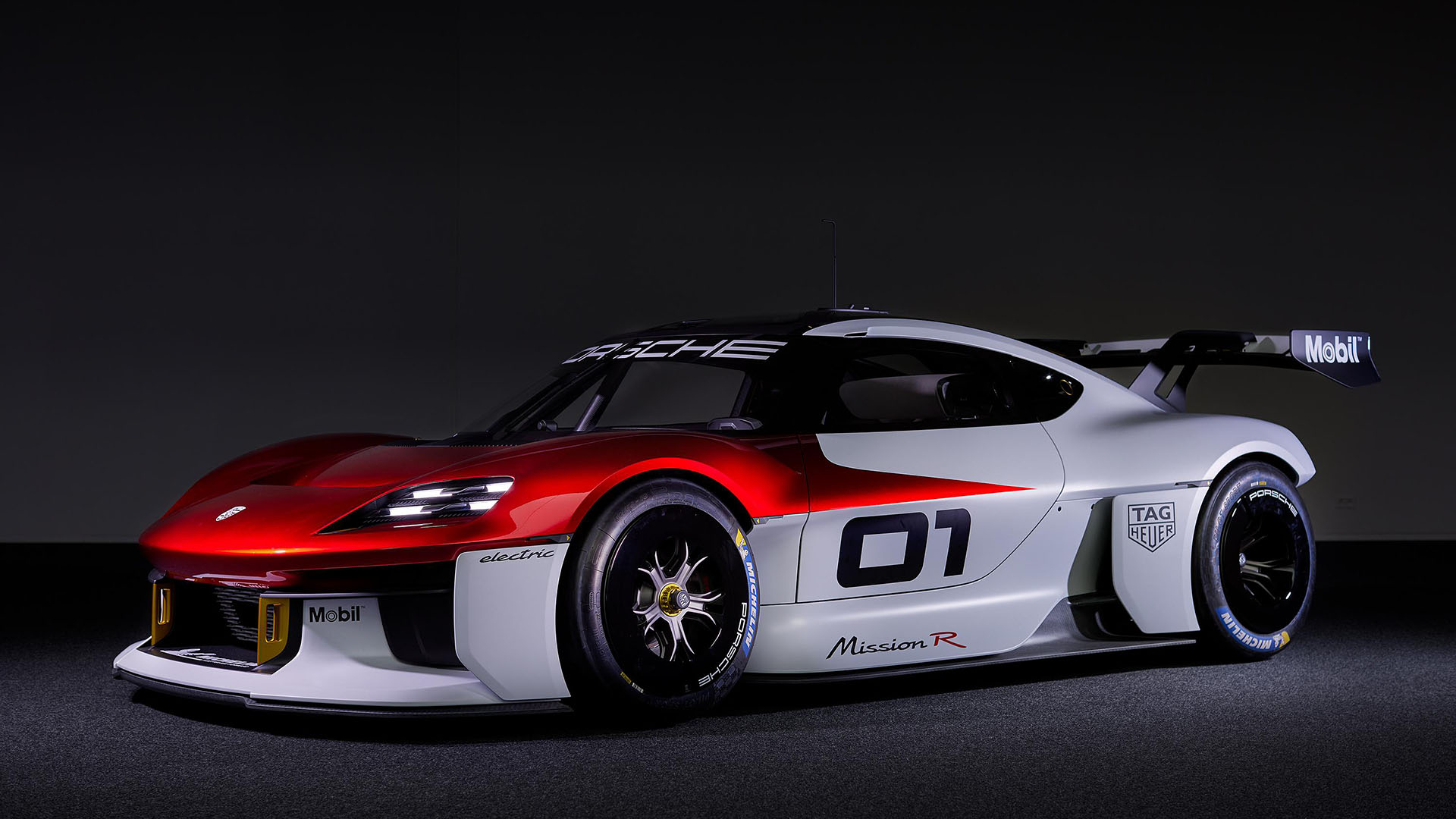

While the Mission R might just be a concept study at this time, there is still a complete interior found inside, with an ergonomically positioned display between the controls on the steering wheel, a second display above the steering column shows what’s behind using side mirror cameras and even an additional, centrally mounted rear-view camera, there are even action cams scattered throughout the interior for actual live-action streams during a race.
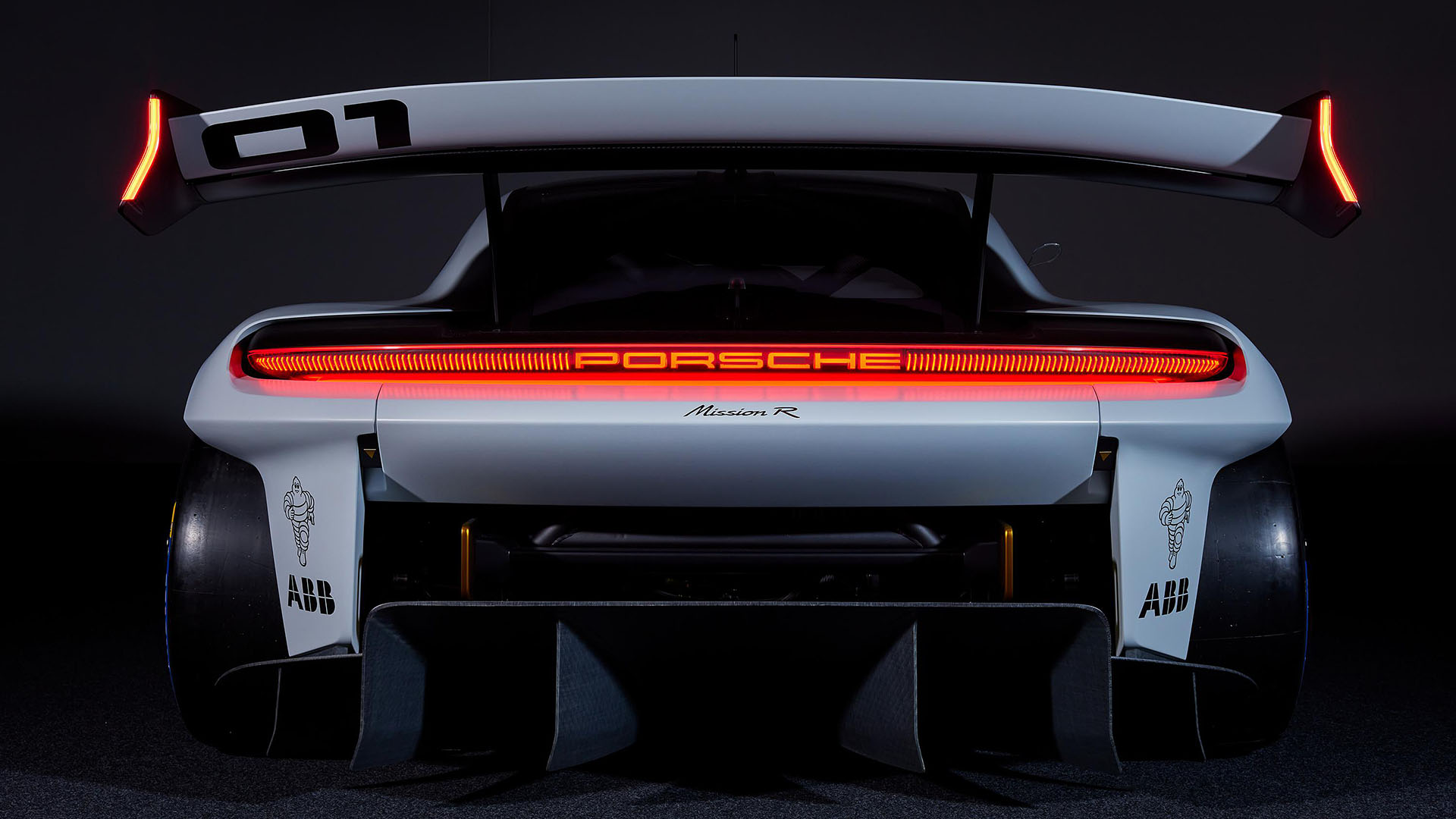

The Porsche Mission R also wants to minimize the difference between real-life racing on a track and a virtual experience on a simulator, the central monocoque of this concept can double as an esports simulator in exactly the same form, while on the real car the safety structure is made from carbon fiber composite material, the roof structure is an “exoskeleton” that combines the roof panels and the safety cage in one unit.
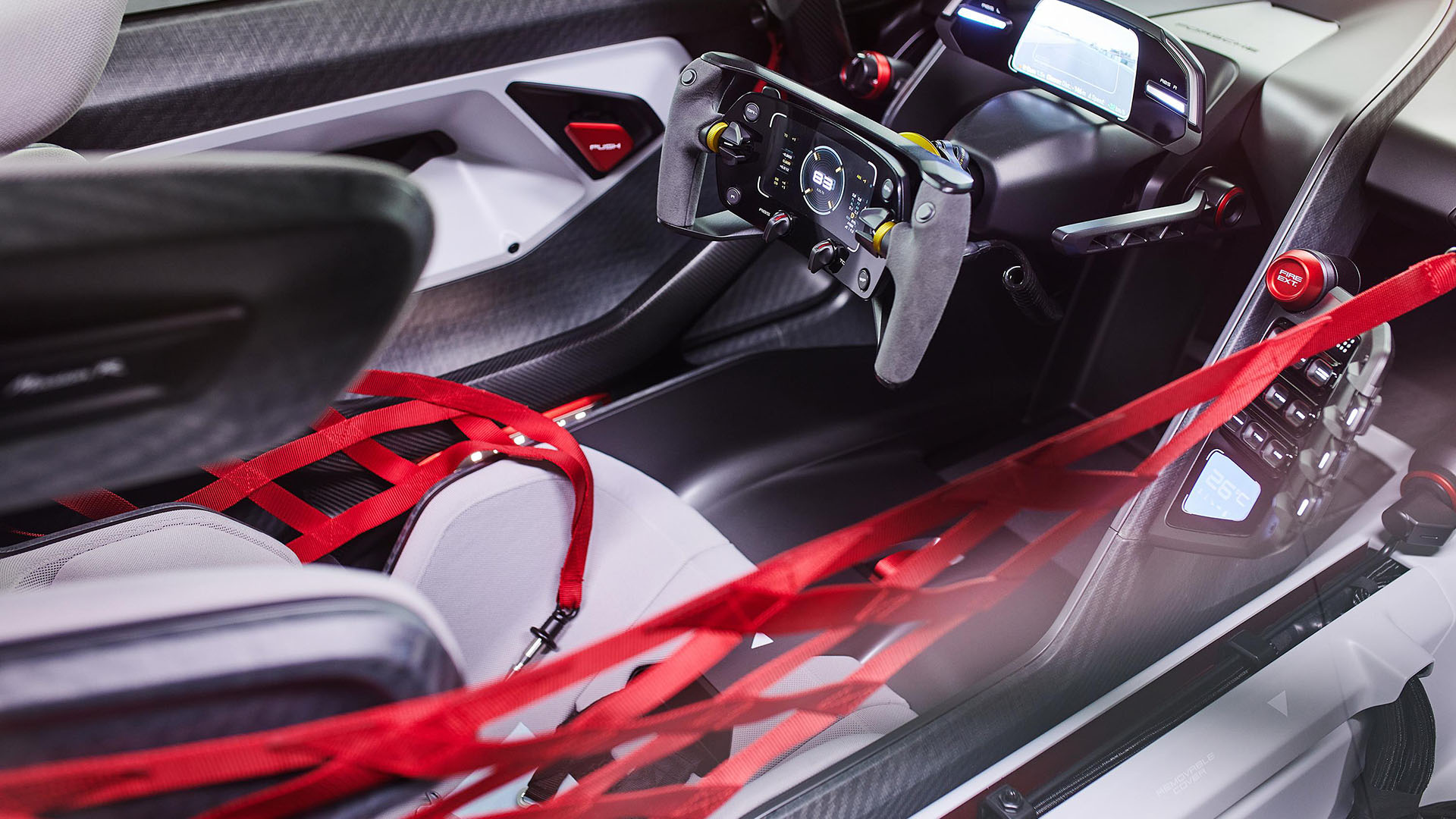

When compared to one of Porsche’s successful cars on the road today, the 718 Cayman, the Mission R is a little shorter at 4,326 mm, but its width at 1,990 mm is considerably wider while overall height at 1,190 mm sits well below the Cayman roofline, the Mission R offers us a glimpse at what customer motorsports will look like in the future, the show car celebrated its world premiere at the 2021 IAA MOBILITY in Munich.
